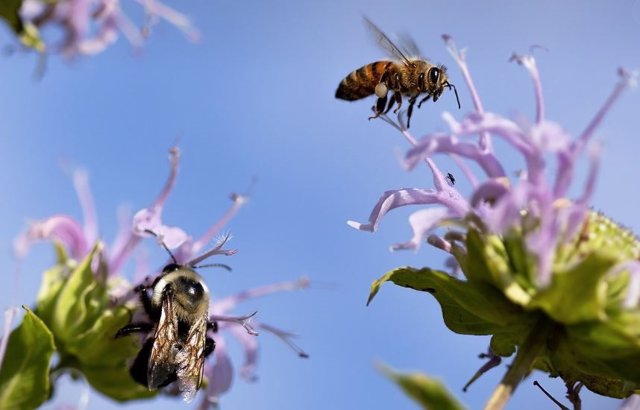May 22. (EUROPE PRESS) –
Moisture is just as important as odor in attracting pollinators to a plant, according to a study published in Current Biology that opens new avenues to support agriculture.
A team of Cornell researchers and colleagues from Harvard University and the Montgomery Botanical Center discovered that the weevil responsible for pollinating the Zamia furfuracea plant it was as sensitive to moisture as it was to odor.
“The world of plant-insect interactions has been dramatically changed by the work that has been done on visual and olfactory cues,” he said. it’s a statement First author Shayla Salzman, a National Science Foundation Postdoctoral Fellow in the Section of Plant Biology in the School of Integrative Plant Sciences, Cornell College of Agriculture and Life Sciences (CALS). “And now we’re starting to realize how many other factors play a role in plant reproduction and affect decision making, pollination and insect success.
Co-authors include Robert Raguso, professor of neurobiology and behavior (CALS) and Ajinkya Dahake, a PhD candidate in Raguso’s lab.
Dahake was the first author of a groundbreaking study published in 2022 in Nature Communications that found that humidity acted as a cue to encourage hawk moths to pollinate the sacred datura flower (Datura wrightii). Taken together, studies show that two very distantly related plants actively use moisture to encourage pollinationDahake said.
“Prior to our research, moisture was considered only a result of nectar evaporation, a side note,” he said. “What we have found is that this is an active process in the flower, coming from specialized cells, and these organisms may have even evolved to privilege this release of moisture, because it attracts pollinators.”
Until now, the study of pollination and plant-insect interactions has focused on visual and olfactory markers, senses that humans can also interpret. Insects, however, are much more adept at detecting changes in humidity, carbon dioxide and temperature than humans, Salzman said.
“Especially since climate change directly affects exactly those things,” he said, “it’s crucial that we understand how insects use all of that information in their interactions with plants.”
For example, farmers and food distributors could use that information to encourage pollination of food crops or to lure insects away from stored food and into traps, Salzman said.
While humans need relatively large changes in humidity before we can feel a difference, insects can sense tiny changesDahake said.
“Insects have specialized receptors that respond to very small changes in humidity: even a 0.2% to 0.3% change will cause a neuron to fire” he said. “Even a 1 part per million change in carbon dioxide concentration will elicit a response from insect neurons. What does that mean from a behavioral standpoint? We’re just beginning to scratch the surface.”












![[Img #74840]](https://thelatestnews.world/wp-content/uploads/2025/01/Tools-from-about-40000-years-ago-reveal-human-adaptation-to-300x200.jpg)
